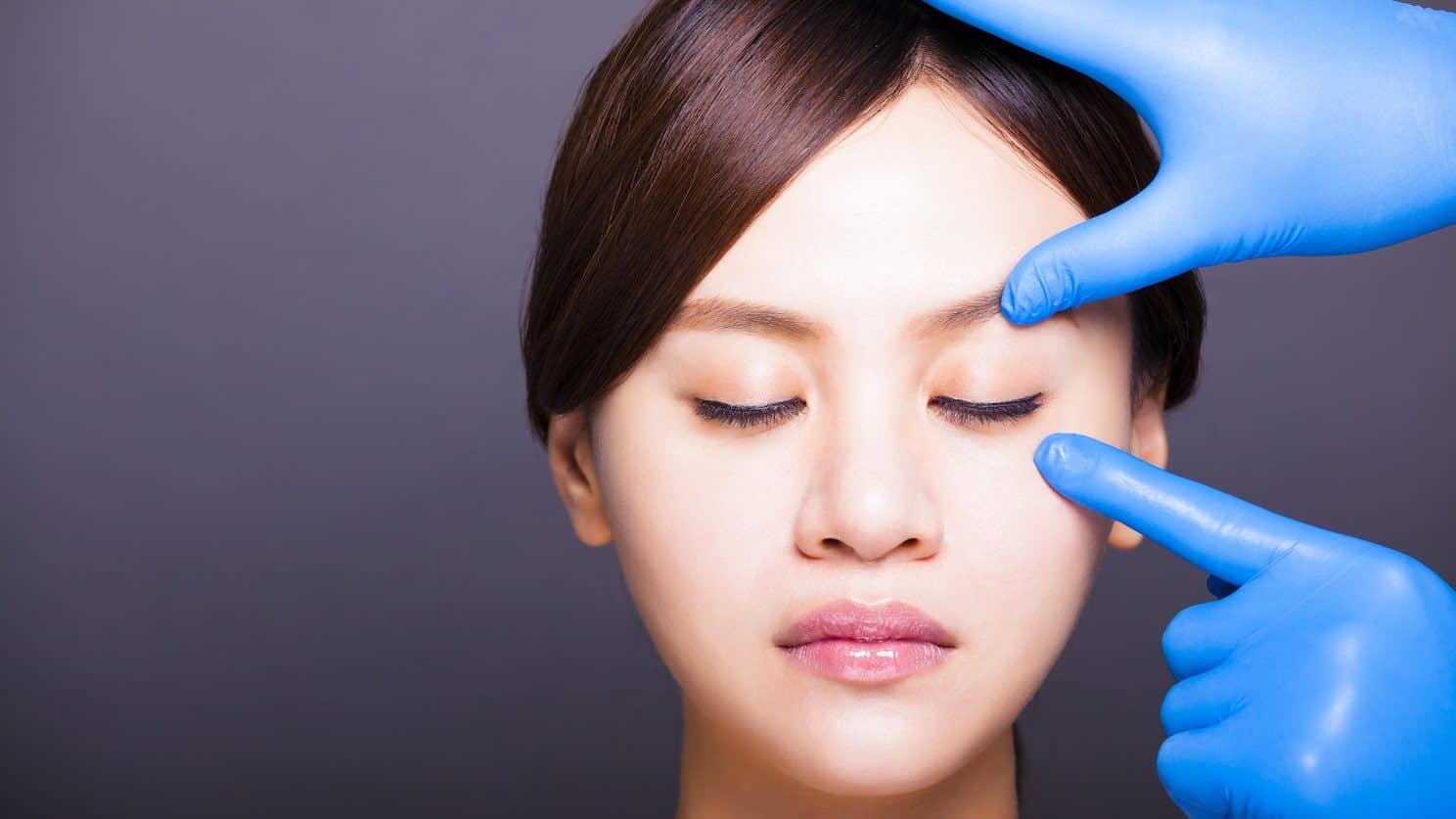We love diversity at Costhetics and celebrate the one-of-a-kind attributes that give each of us our individuality.
Some of those attributes are features of a person’s ethnicity, creating unique challenges for aesthetic enhancement professionals. To achieve optimal success, providers must have an understanding of a patient’s physiological and cultural nuances, as well as his/her enhancement goals.
In this article, Costhetics looks at the phenomenon known as “ethnic cosmetic surgery,” including some of the controversy that surrounds it.
More Asians Seeking Enhancement
In 2013, the American Society of Plastic Surgeons looked at cosmetic procedures and different ethnic groups. While procedures for Caucasian patients had increased just 35% over a decade, the number of cosmetic procedures performed on patients with different ethnicities skyrocketed:
- Asian-American – 125% increase
- Hispanics – 85% increase
- African-Americans- 56% increase
Some fear that the increase in aesthetic procedures for Asians may be a sign of self-loathing and are outraged that anyone is willing to disconnect from their cultural heritage. Host and broadcast-news veteran Julie Chen asked her audience “Did I give in to the man?” and displayed photos from before and after the double-eyelid surgery she got after weathering workplace racism in the ’90s.
So many people replied “yes” that Chen took time to defend her choice the following week.
On the other side of the discussion are individuals who believe that the spike in ethnic plastic surgery is simply a reflection of a spike in income. As different groups achieve a higher level of success, they have more disposable income. Surveys such as the 2012 Pew Center report found that Asian Americans are the highest-earning, best-educated, and fastest growing ethnic group in the U.S.
Practitioners have long defended the choices of their Asian patients, saying that they are making personal beauty choices:
“To them, this new expanse of procedures is not a sign of ethnic self-loathing but proof that the loud-and-proud club of American narcissists has admitted a new set of members—and with them new ideas of what qualifies as beautiful.” – New York Magazine
It’s interesting to note that not every popular plastic surgery procedure involves ethnically sensitive areas like the eyes or nose. Some of the most commonly requested procedures by ethnic patients are
- Liposuction
- Breast reduction
- Dermal fillers
- Muscle-relaxing injections
Findings by ASPS support this perspective. “The majority of patients want to maintain their ethnic identity,” their researchers found. “They do not want to lose important facial features that exhibit racial character. For instance, the typical Asian patient who has eyelid surgery desires a wider, fuller eye that is natural looking to the Asian face and maintains an almond shape.”
Ultimately, the skill, experience, and aesthetic sensitivity of the provider are what matters. The goal should be on natural facial harmonisation that allows each patient to achieve his/her one-of-a-kind beauty ideal.
